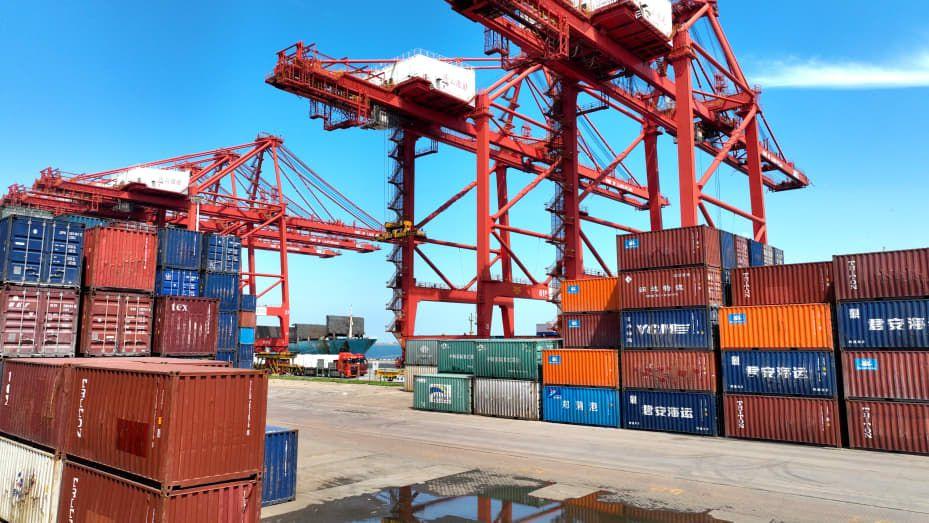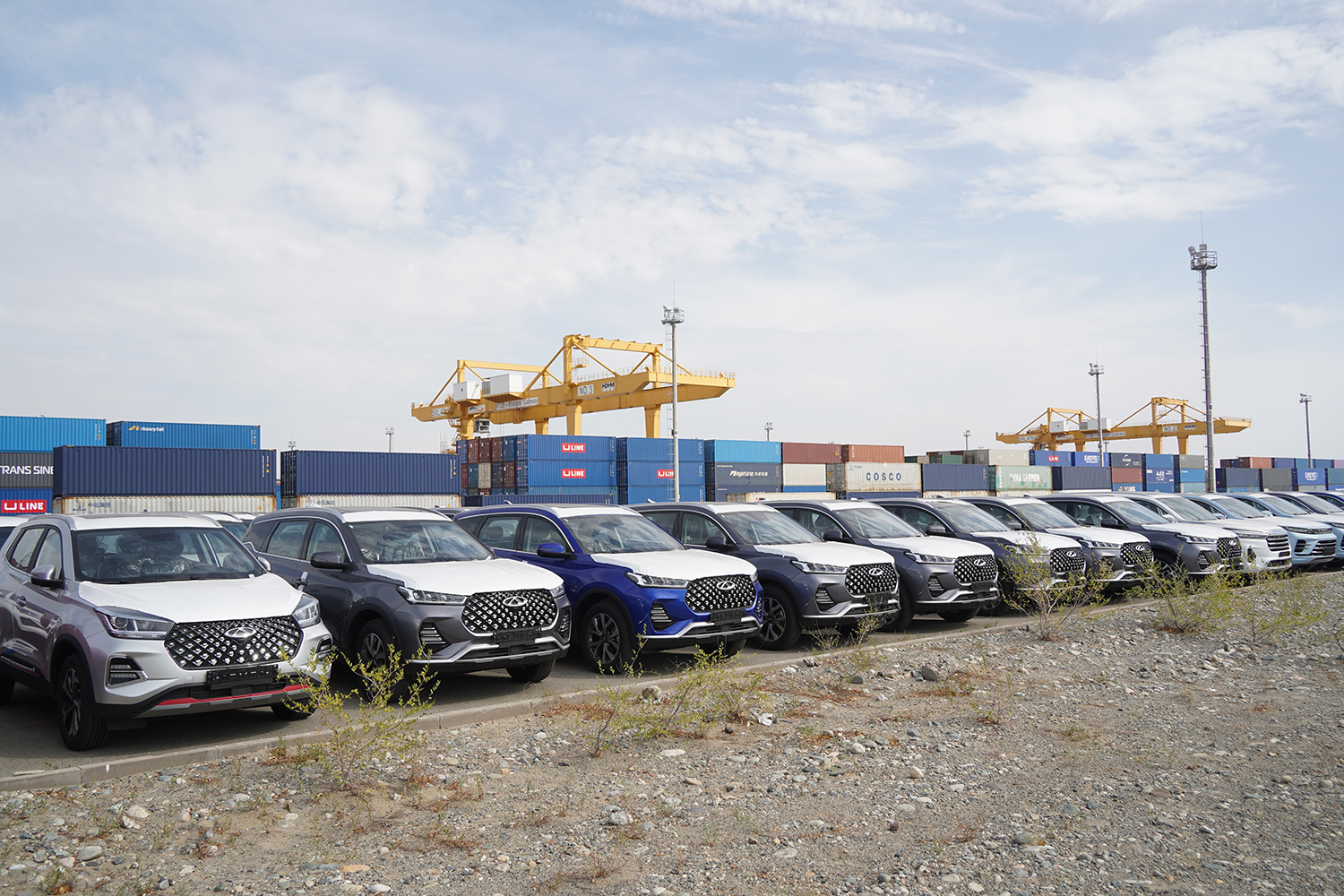Kazakhstan’s Strategic Transformation: Strengthening the Silk Road Through Infrastructure and Diplomacy (2024-2025)




Throughout 2024 and early 2025, Kazakhstan has emerged as a crucial transit hub on the modern Silk Road, making significant investments to enhance the Trans-Caspian International Transport Route, widely known as the Middle Corridor. As part of the ambitious Nurly Zhol program, Kazakhstan undertook substantial upgrades to its logistics infrastructure, vastly improving the Western Europe–Western China corridor. These initiatives have drastically cut transport times by up to 67%, slashed costs, and spurred job creation during the construction phase.
Strategic upgrades at the ports of Aktau and Kuryk have aimed to boost throughput capacity, streamlining rail-sea connectivity across the Caspian region. Meanwhile, logistics efficiency saw a quantum leap as Kazakhstan rolled out cutting-edge electronic clearance systems and applied risk profiling at key checkpoints like Khorgos and Zhetygen, substantially reducing transit cargo processing times to a mere 12 hours on major routes. The digitization of border checkpoints with China further revolutionized the process, using CargoAlem systems to multiply daily vehicle processing capacity from approximately 1,000 to a staggering 8,400, thereby slashing wait times dramatically and creating unprecedented efficiency in cross-border trade operations.
These transformative infrastructure projects have been accompanied by deepened diplomatic engagements and strategic partnerships. The modernization efforts encompassed not only physical infrastructure but also comprehensive digital transformation initiatives that have positioned Kazakhstan as a logistics pioneer in the region. The integration of advanced technology solutions has enabled the country to handle increased cargo volumes while maintaining high standards of security and efficiency throughout the transit process.
March 2024 marked the birth of a groundbreaking rail-sea route linking Xi'an, China, with Europe via Kazakhstan and the Caspian Sea, weaving through Azerbaijan, Georgia, and Turkey. This corridor now promises 20-day transit alternatives to conventional shipping routes, offering competitive advantages for international trade. July 2024 saw the inauguration of the China–Europe Trans-Caspian Express overland route during President Xi Jinping's visit for the SCO Summit in Astana, signaling a strategic shift in reducing Russia-dependent trade reliance and establishing alternative pathways for Eurasian commerce.
By early 2025, Kazakhstan and China launched a new freight rail connection bypassing Russia entirely, stretching from Chengdu through Kazakhstan, Turkmenistan, Iran, and Turkey to the EU border. This rail network facilitates seamless movement of goods, exemplified by trains laden with electronics completing their journey in approximately 40 days. The establishment of these alternative routes has fundamentally reshaped regional trade dynamics and provided greater flexibility for international businesses seeking reliable transit options.
Statistics from early 2025 testify to this dynamic transformation: Kazakhstan-China road freight experienced an 82% surge, with rail freight increasing by 13%. These remarkable growth figures demonstrate the tangible impact of infrastructure investments and the growing confidence of international traders in Kazakhstan's logistics capabilities. The development of multiple Caspian-crossing routes underscores Kazakhstan's ambition to streamline cargo flows and solidify its position as a central node in Eurasian logistics networks.
The relentless pursuit of infrastructure development continued at the Kazakhstan–China Transport Forum in May 2025, where plans for enhanced multimodal infrastructure were unveiled. The comprehensive blueprint includes second track upgrades to the Dostyk–Moiynty railway line, an elevated bypass rail system in Almaty, and innovative transportation corridors utilizing the Irtysh and Ili rivers, alongside a state-of-the-art container hub at Aktau port developed in collaboration with China. These advancements promise to optimize cargo flows toward Russia and Europe while establishing Kazakhstan as an indispensable link in global supply chains.
Amid this logistical renaissance, economic diversification has emerged as a parallel success story. Substantial investments by China's Dalian Hesheng Holdings and conglomerate CITIC, totaling up to $2.8 billion, are setting the stage for advanced wheat and grain processing facilities, potentially expanding export pathways and creating value-added agricultural products. These ventures underscore Kazakhstan's export potential and align with strategic partnerships in developing processing industries that capitalize on the enhanced corridor logistics.
Kazakhstan has cemented its role in the high-tech and energy sectors through groundbreaking initiatives and strategic resource development. In May 2025, the country entered the sustainable energy frontier with a memorandum to establish a Hydrogen Innovation Center in Kurchatov, aligning with the nation's carbon-neutral strategy and showcasing commitment to environmentally-friendly infrastructure advancement. Major rare-earth mineral discoveries have attracted over $1 billion in private capital, firmly establishing Kazakhstan's status as a crucial supplier for China's rapidly evolving high-tech and energy industries.
The emergence of planned drone manufacturing clusters in Almaty, fueled by Chinese investment, reflects Kazakhstan's technological transformation and commitment to innovation. These high-tech ventures represent more than manufacturing capabilities; they symbolize the cultivation of hundreds of skilled jobs and position Kazakhstan as a regional technology hub. The integration of advanced manufacturing with logistics excellence creates synergistic effects that enhance the country's overall competitiveness in global markets.
By fostering strategic partnerships and embracing integrated infrastructure development, Kazakhstan is fundamentally redefining its narrative as a pivotal Silk Road nexus, transforming into a logistical powerhouse that seamlessly connects the continents of Europe and Asia. This transformation extends beyond mere infrastructure development to encompass comprehensive economic modernization and technological advancement that positions the country for long-term prosperity and regional leadership.
Driven by both necessity and visionary leadership, and articulated by officials like Deputy Foreign Minister Akan Rakhmetullin, Kazakhstan's leap into an integrated Eurasian transit reality underscores its geopolitical agility and economic pragmatism. The country's multivector approach and commitment to geopolitical neutrality have enabled it to build bridges across different regions and create win-win partnerships that benefit all stakeholders in the evolving Silk Road network.
Through strategic investments in infrastructure, technology, and sustainable development, Kazakhstan is crafting a blueprint for how landlocked nations can become indispensable nodes in an interconnected world. The comprehensive approach to modernization, combining physical infrastructure with digital innovation and economic diversification, demonstrates Kazakhstan's commitment to serving as a neutral economic powerhouse that facilitates global trade while pursuing its own development objectives. This transformation offers valuable lessons for other emerging economies seeking to leverage their geographic advantages and natural resources for sustainable growth and international integration.

Comments